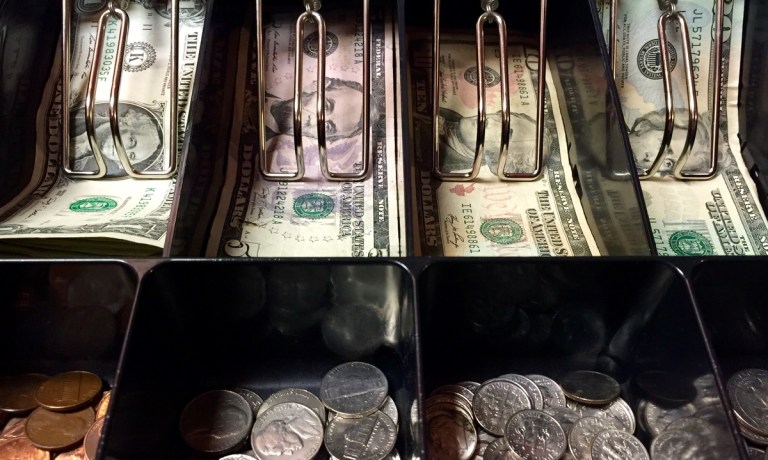
Consumers have increasingly stopped carrying cash. Businesses are trying to get them to start.
As The Wall Street Journal reported Sunday (Oct. 15), merchants are now offering discounts for paying for cash as a way to avoid credit card transaction fees.
The report, citing data from the Federal Reserve Bank of Atlanta, says that the share of cash purchases that included discounts jumped 66% between 2015 and 2022.
According to WSJ, retailers are trying to convince consumers to use cash by imposing surcharges on credit card payments and by offering cash discounts, though those deals might not be as promising as advertised.
Kevin Foster, who directed the survey for the Atlanta Fed, said that mom-and-pop operations were more likely to push customers to use cash than chain stores or corporations.
And payment industry executives say most businesses are reluctant to offer cash discounts or surcharges so as not to turn off customers, as most consumers would rather pay by cards.
In fact, PYMNTS intelligence has shown that 40% of U.S. consumers today carry cash simply out of habit, especially baby boomers and seniors. Twenty percent of all consumers identified this as the chief reason they carry paper currency.
This trend has made cash discounts and surcharges more common for essential purchases such as gasoline than discretionary transactions, WSJ report says.
This trend is happening at a time when deal chasing has become mainstream amid higher prices, as covered here last week.
PYMNTS intelligence shows that close to 50% of grocery and retail shoppers now prioritize finding better deals when deciding where to shop. This trend is being led by middle-income retail shoppers, who are the most likely to have shifted toward putting more weight on seeking out bargains, at nearly 60%.
And these higher prices have led customers to become more conscious of supporting local businesses, though deal seekers were less inclined to patronize local merchants.
In fact, a third of loyal customers upped their purchases from local stores in response to higher prices, while just 21% of deal seekers did the same.
“Overall, over half of bargain hunters state that their incomes have either remained stagnant or decreased in the past year,” PYMNTS wrote recently. “Additionally, they harbor a bleaker outlook regarding the prolonged duration of high inflation, anticipating it to endure until nearly the end of 2024.”